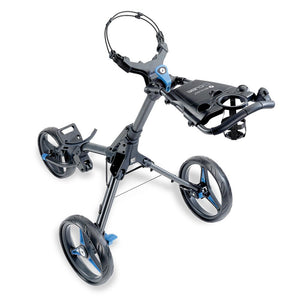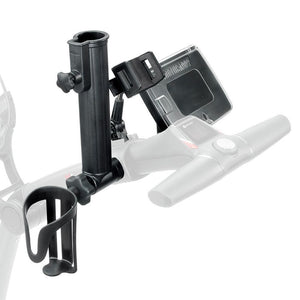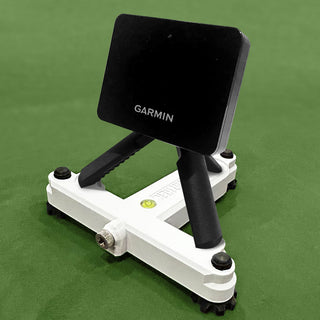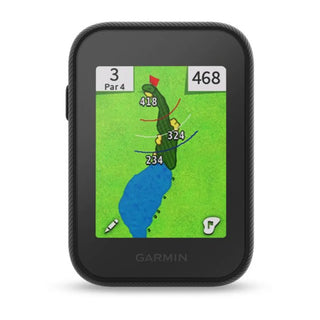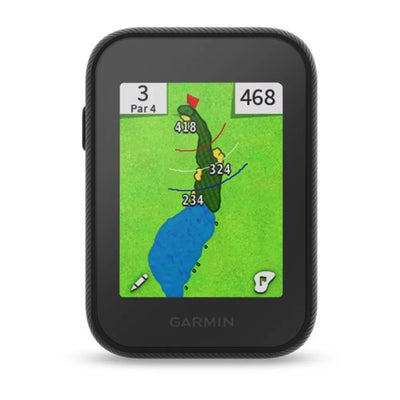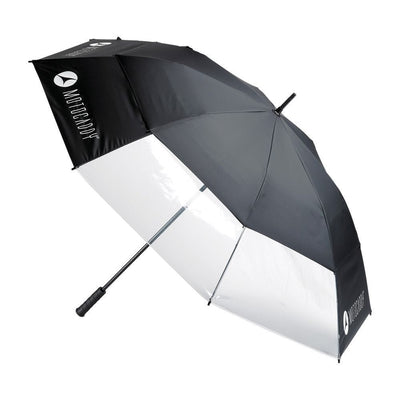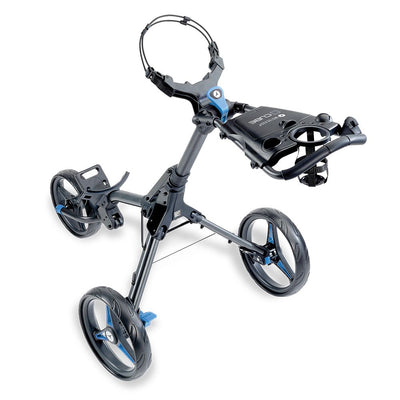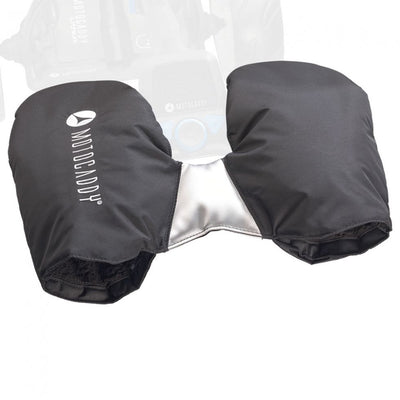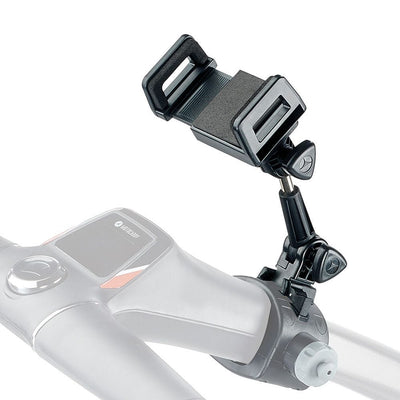You’ve got parkland courses which are inland, with an awful lot of trees and grass, there are championship courses that are specifically designed for major tournaments and built with spectators in mind and there’s also the sandbelt or desert style course.
And you’ve got the links, which are mainly found in coastal regions. Many golfers, especially those primarily playing outside of Europe, have likely never played a round on a links style course, despite the fact that the origins of the sport are heavily connected to that style.
Golf dates back to 15th Century Scotland and is believed to have started on the Eastern coast. This is where the earliest links courses would have appeared. They are distinct by their sandy soil, lack of trees and the coastal environment means that there is usually a lot of wind.
As you can imagine, this is very different from the parkland or sandbelt courses and comes with numerous challenges you won’t face while playing on those. If you want to find success on the links, there are some things you should practice.
Here’s how to play effectively on a links style golf courses:
Master the Pot Bunker
As sure as there are several different kinds of golf courses, there are several different kinds of bunkers that you may have to contend with while playing. On a links course, the most common ones you’ll find are the pot bunkers.
If you’ve never seen one, I’m sure it won’t be too difficult for you to picture them. They’re deep and round and will usually have a greater incline facing the direction of the hole. Naturally, this makes them tricky to get yourself out of.
At some point in a round on a links course, you are going to find yourself stuck in a pot bunker and you need to be prepared for that. The temptation in such a situation is to try and play forwards so you can keep progressing, but that’s unlikely to work.
You will probably have to play sideways or even backwards and then take your game from there. You should only try and play forwards if you’re 100% certain you can clear the lip and if you’ve practiced it dozens of times before.
You need to use a club with a lot of loft and you need to master a wide, fast swing with the club face angled towards the sky. It’s a difficult shot that you should definitely think about mastering if you don’t want the pot bunkers to hold you back.
Bump & Run
Keeping your ball low is essential when playing on the links. If you look at the course you’ll see that there are typically a lot of slopes and dips in addition to the bunkers and combining that with the wind puts you at constant risk of landing on a hard downslope and being thrown off course.
Think for a moment about the difference between chipping and pitching. These are both elements of what golfers like to refer to as the ‘short game’ and that’s where you’ll often find yourself a lot of the time on the links.
You would assume when you’re in the dips and slopes of the links that you should opt for pitching to get yourself over all the little hills, but because you’re in competition with the wind it’s not the best idea.
That’s where the bump and run comes in and it’s more similar to chipping than anything. The goal is to keep the bowl low and aim for a flat spot ahead of you. You’ll want to be using a mid-iron club for this and I would try to minimize spinning as much as possible.
Put most of your weight on the left side and lean out so that your chest is ahead of the ball. This will help to ensure that you can put power behind your shot while also not moving your wrists too much and resulting in excessive amounts of spin.
Learn How to Avoid Wind Interference
As discussed, the fact that you’re playing close to the coast on the links will usually mean an awful lot of wind. If you’ve only played in the parks or on the sand then you’re not going to be used to this.
It definitely adds an extra level of difficulty and depending on how much wind there is, you may need to dramatically alter your style to avoid being completely overwhelmed by it. Practice the bump and run because it’s always advisable to keep the ball as low as possible.
The higher it gets, the more likely the wind can alter its trajectory. Some people will try and hit the ball as hard as they can to break through the wind but that doesn’t really work. Your ball will probably just end up being carried by the wind and you’ll overshoot your target.
If you practice enough, you can find that sweet spot between shooting too high and too low to where you can actually use the wind to your advantage and let your ball ride it. This is tougher than it sounds because there is so much room for error but worth trying for sure.
The fact that there are so many new challenges presented by links style courses shouldn’t put you off playing on them. It’s an experience that every golfer should have at some point and it will only make you a better player in the long run because you’ll be adding new skills.
Just follow these important tips and techniques and you will have the links style golf course mastered in no time.














